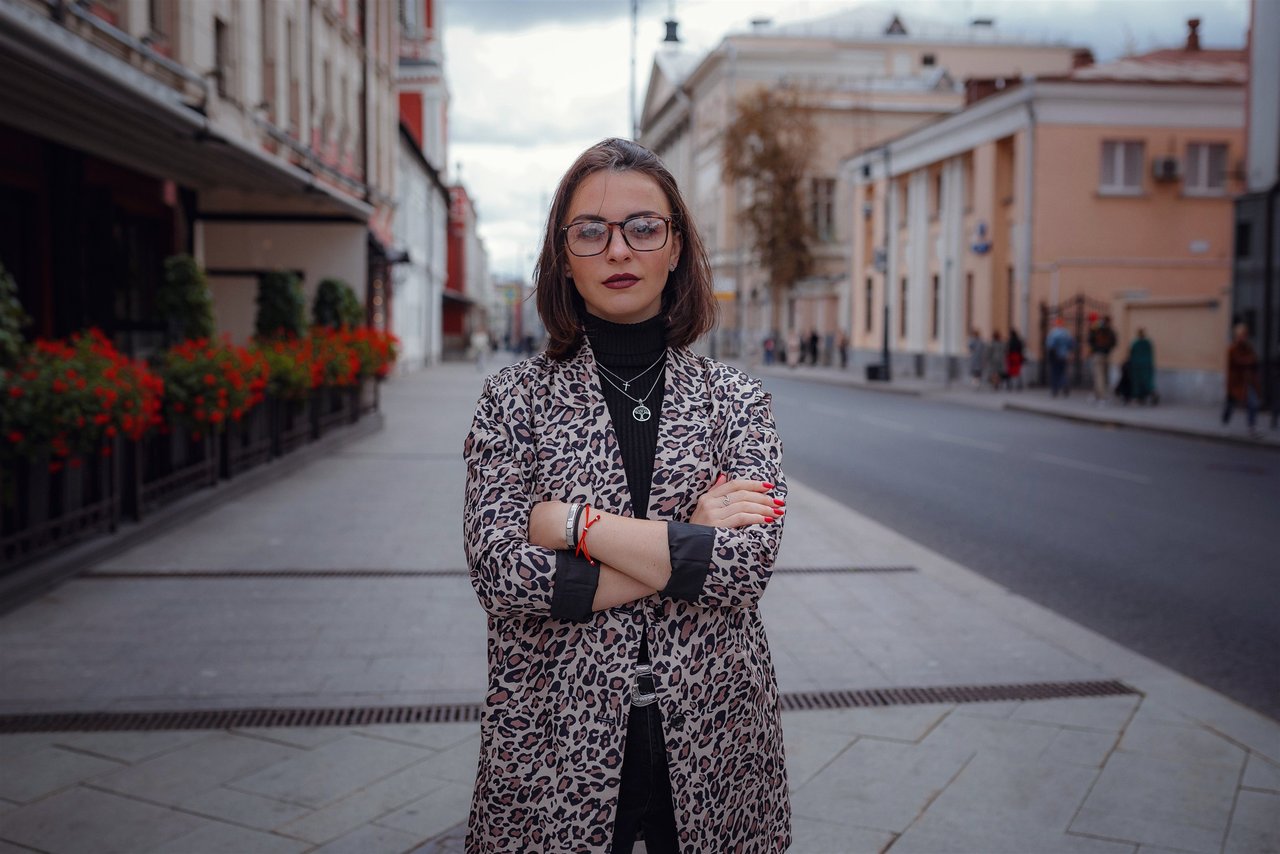wlw vs sapphic: Understanding Key Terms in Queer Communities
Queer spaces are always shifting, and the terms we use to name ourselves are never finished. Two of the most talked-about identity labels in LGBTQIA+ circles are "wlw" and "sapphic." Both center around attraction to women or femininity, but the specifics matter—sometimes in ways that feel urgent if you’re searching for where you fit.
"wlw" stands for "women loving women." It’s widely understood to describe women—whether they’re lesbians, bisexual, pansexual, or otherwise—who are attracted to other women. It focuses on gender as women, regardless of sexuality, and holds space for cis and trans women equally. You’ll see "wlw" tagged on dating apps, creative fan spaces, and online communities when users want to hint at a connection beyond lesbian, yet narrower than "queer."
"Sapphic" reaches further. It welcomes not just women, but also nonbinary, genderqueer, agender, and gender non-conforming people who are drawn to women or feminine energy. This term emerged and grew strong across young queer networks, zines, and especially in places where rigid categories failed to capture real lived experience.
Each term has its own lane—wlw is specific, sapphic is broad. On dating platforms like lesbiandatingsites.co.uk, the labels are direct filters for matching, but they’re so much more than search terms. These words build belonging, visibility, and nuance. The language evolves because our desires and self-understanding do. In a world that still tries to box people in, having more labels—and knowing their difference—gives us power. It's not just about words, but about claiming the right to be seen as you are.





